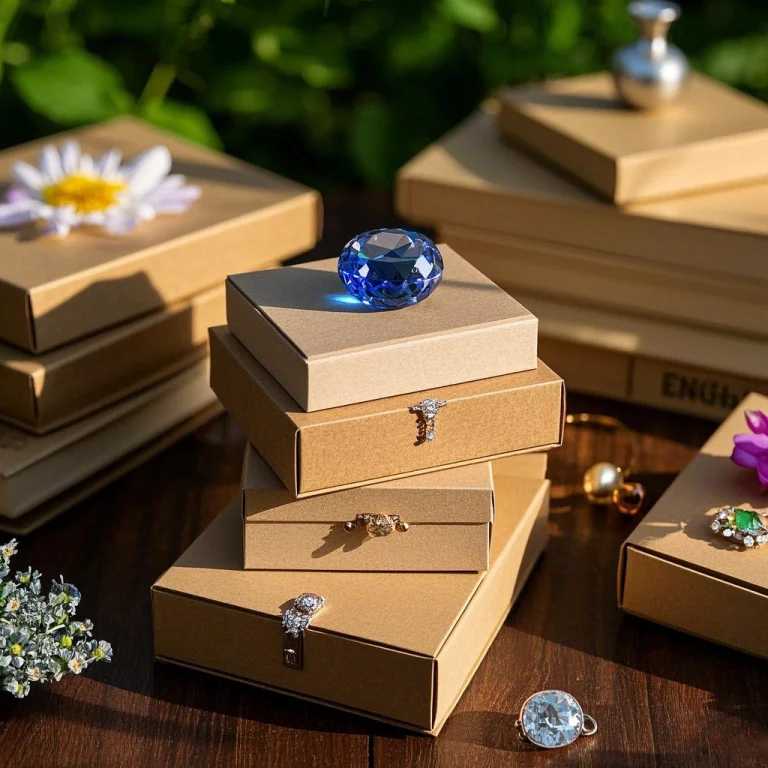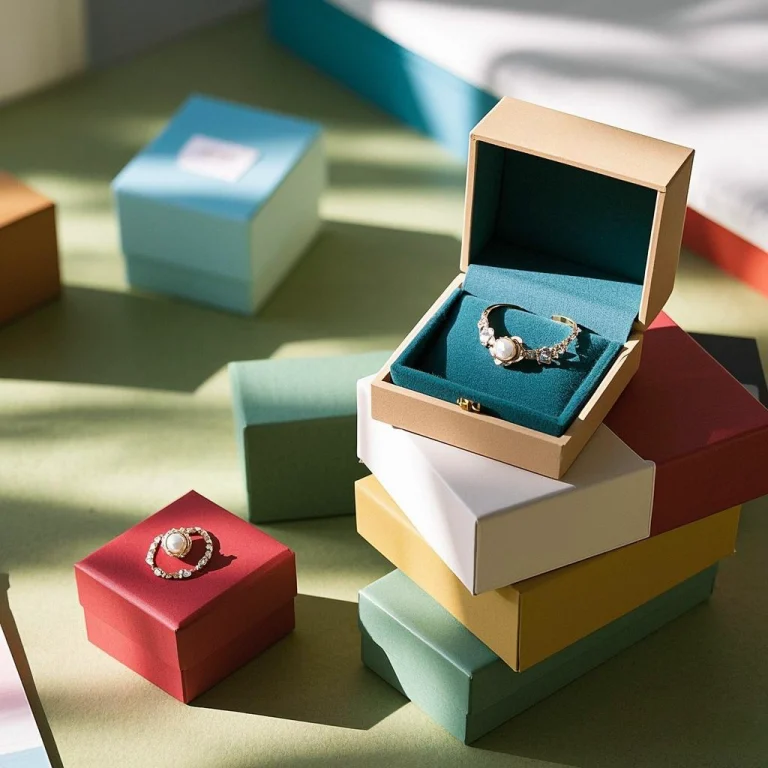Different Types of Packaging: Which is Right for You?
When it comes to packaging, one size doesn’t fit all. No matter if you run a small business, make products, or sell online, picking the right packaging is key. Good packaging keeps your product safe and improves the customer’s
unboxing experience, and can even help the environment. With many choices out there, knowing the types of packaging materials and their uses enables you to make the best choice.
This article covers packaging types, environmentally friendly choices, and tips to pick the best option for your product.
What is Packaging?
Packaging refers to the materials used to contain, protect, and ship products. Packaging is both functional and essential for product presentation and customer experience. It comes in various forms like glass bottles, plastic bags, or custom designs, each tailored to specific products and shipping needs.
Primary Packaging: The First Line of Defense
Primary packaging is the first layer of packaging that directly contains the product. Primary packaging is the layer that directly touches the product and is usually the first thing customers see. For instance, shampoo bottles or face cream jars, often made of plastic or glass, serve as primary packaging to protect the product.
Examples of Primary Packaging:
- Glass bottles are ideal for liquids like perfumes and skincare, offering both elegance and product protection.
- Plastic bottles: Lightweight and durable, commonly used for liquids, foods, and household products.
- Shoppers widely use plastic bags for clothing, food, and lightweight items.
When considering primary packaging, you must factor in the type of product you are selling. Fragile items need sturdy packaging, while liquids require sealed, leak-proof containers.
Secondary Packaging: Additional Protection and Branding
Secondary packaging comes into play after the primary packaging and serves to group multiple units of a product together. This packaging offers extra protection during shipping and is ideal for displaying branding and product details.
For example, multiple shampoo bottles packed in a carton box or food items placed in a branded bag. Secondary packaging can help improve shipping efficiency, reduce damage during transport, and contribute to a memorable unboxing experience.
Examples of Secondary Packaging:
- Carton boxes: Commonly used for shipping products in bulk.
- Shrink wrap: A plastic film used to wrap multiple items together, typically for shipping.
- Materials like bubble wrap provide added protection for fragile items during shipping.
Tertiary Packaging: Bulk Handling and Distribution
Tertiary packaging is the final layer of protection, designed mainly for logistics and bulk handling. This packaging prepares products for shipping to stores or warehouses. Tertiary packaging ensures that goods arrive safely at their destination and are easy to store and transport.
Examples of Tertiary Packaging:
- Pallets: A platform used to hold products in bulk for easier transport.
- Wooden crates or corrugated boxes: Used for large shipments to protect products from damage during transit.
- Shipping containers: Large containers used for overseas shipments, offering maximum protection for bulk goods.
Eco-Friendly Packaging: Sustainable Solutions for a Greener Future
In recent years, there has been a growing emphasis on eco-friendly packaging solutions. Consumers are more aware of packaging’s environmental impact. So businesses are choosing eco-friendly options like recyclable materials and reducing plastic use to lower their carbon footprint.
Eco-Friendly Alternatives:
Recyclable packaging, made from plants like corn or mushrooms, is a great eco-friendly plastic alternative.
Recycled materials: Using recycled paper, plastic, or cardboard reduces raw material use and harm to the environment.

Custom packaging: Designed to fit your product perfectly, it reduces waste and avoids over-packaging.
For example, replace plastic bags with reusable ones or glass bottles, which are reusable, recyclable, and eco-friendly.
Choosing eco-friendly packaging helps the planet and attracts environmentally conscious customers, building brand loyalty and trust.
Protecting the Product: The Role of Packaging in Safety
One of the most important functions of packaging is protecting the product. Whether it’s a fragile glass bottle or a delicate electronic device, packaging must keep the product safe during transit. Damaged goods can lead to returns, loss of revenue, and dissatisfied customers.
Packaging Solutions for Protection:
- Bubble wrap: Ideal for fragile or breakable items, bubble wrap adds cushioning and absorbs shock, preventing damage during transit.
- Foam inserts: Often used in boxes to secure items and prevent shifting.
- Cushioning materials like air pillows, packing peanuts, or crumpled paper fill gaps in boxes, preventing movement and adding protection.
Unboxing Experience: The Importance of First Impressions
In today’s competitive market, the unboxing experience has become a significant part of the customer journey. Packaging plays a crucial role in creating a memorable experience for customers as they receive and open their products.
High-quality packaging can build excitement, foster emotional connections, and even encourage social sharing. Think of how influencers on social media love to share unboxing moments with their followers. This has made packaging a key marketing tool.
Tips for Enhancing the Unboxing Experience:
- Custom packaging: Personalizing the design of your packaging can make a significant impact. This could be through branded boxes, special thank-you notes, or unique design elements.
- Appealing visuals: Packaging with beautiful graphics or stylish fonts creates a sense of excitement.
- Sustainable choices: Many customers appreciate eco-friendly packaging, and using recyclable materials can improve your brand’s reputation.
Choosing the Right Packaging for Your Product
When deciding on the best packaging for your product, several factors must be considered. These include the type of product, shipping method, target audience, and goals. The key is to balance protection, cost, environmental impact, and customer experience.
Factors to Consider:
- Product Fragility: Delicate items, like glass bottles or electronics, require extra protection, such as bubble wrap or foam inserts.
- Size and Weight: Larger or heavier products may require more durable packaging materials like corrugated boxes or wooden crates.
- Branding: Custom packaging designs can enhance the unboxing experience and make your brand stand out.
- Environmental Impact: Choosing recyclable or reusable packaging helps minimize waste and appeal to eco-conscious consumers.
Conclusion
Choosing the right type of packaging is a critical decision for any business. Your packaging choice is key to protecting fragile items, ensuring safe delivery, and reducing environmental impact. Understanding primary, secondary, and tertiary packaging and choosing eco-friendly solutions helps you achieve both product safety and a memorable unboxing experience.
Choosing the right packaging takes time but satisfies customers and builds your brand as eco-friendly.

